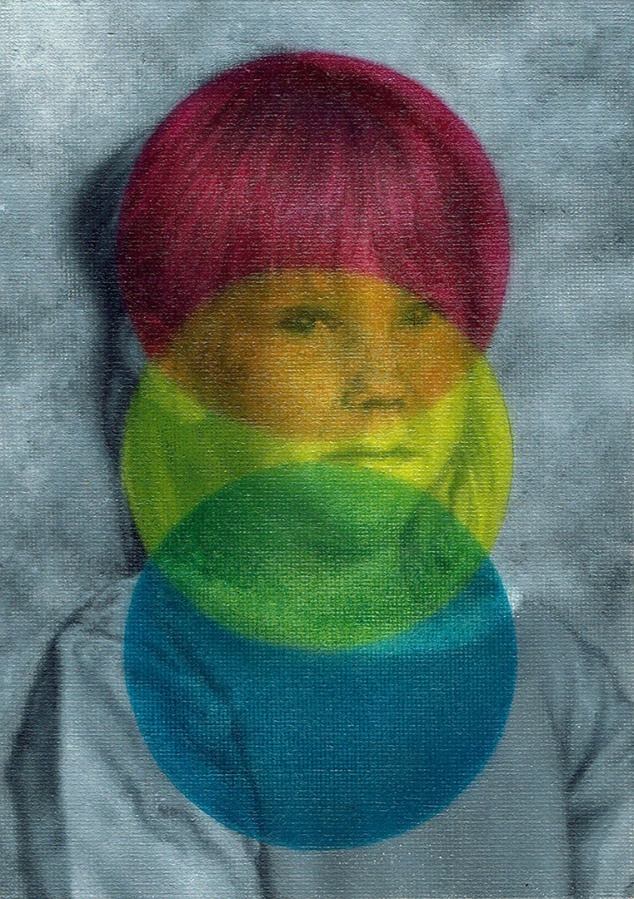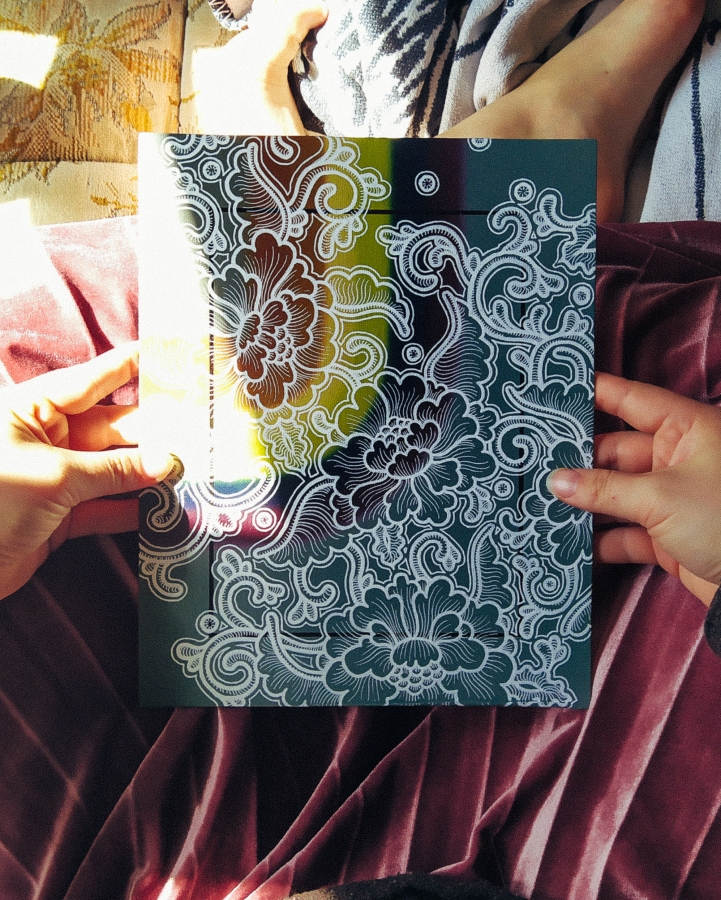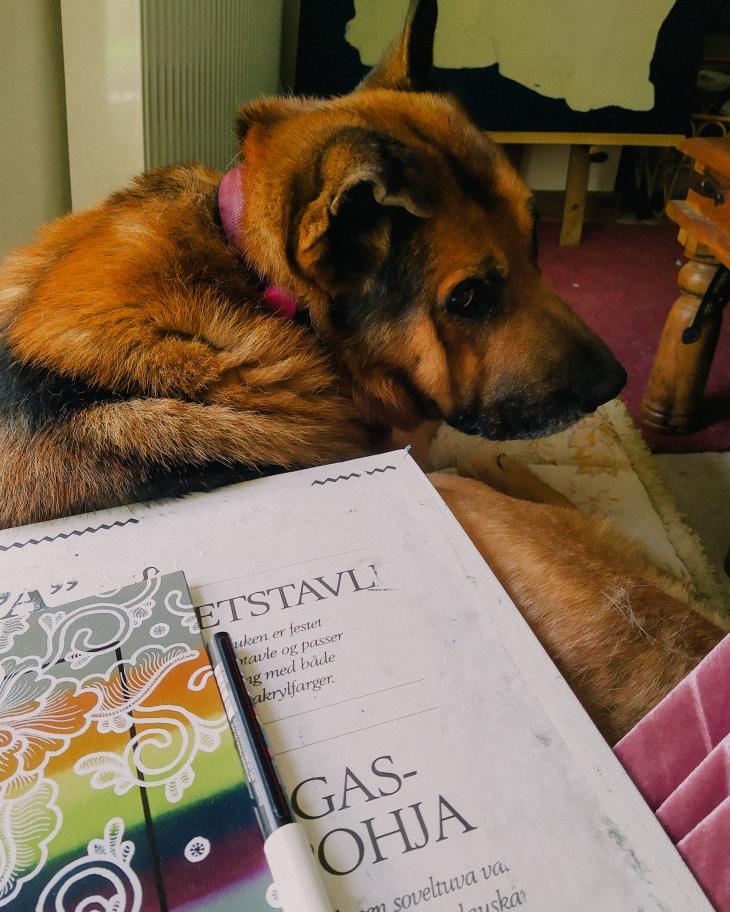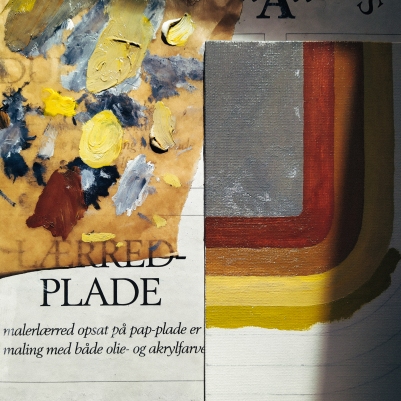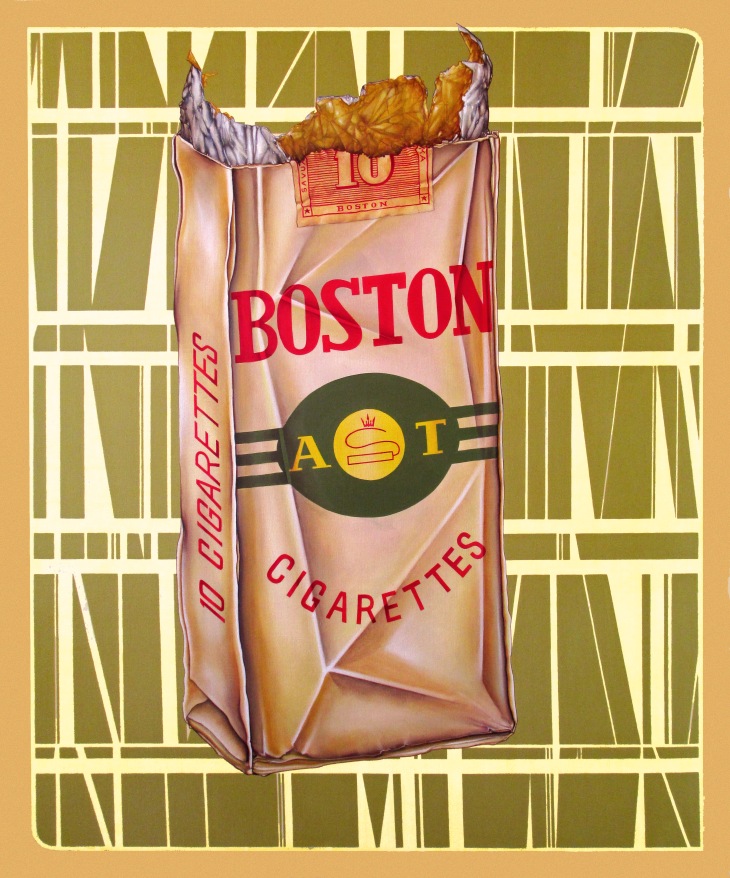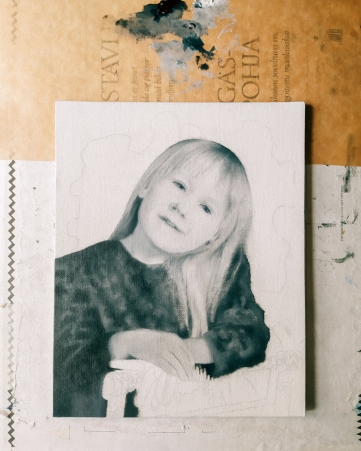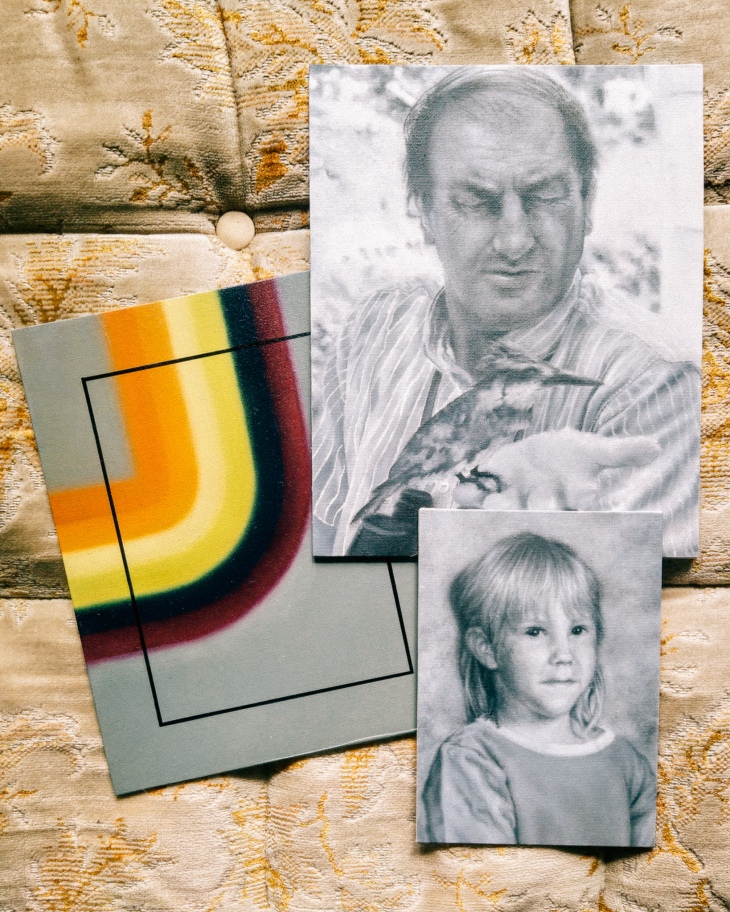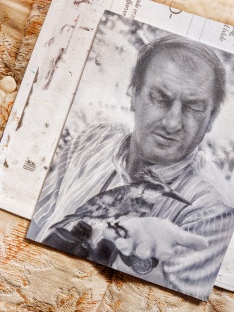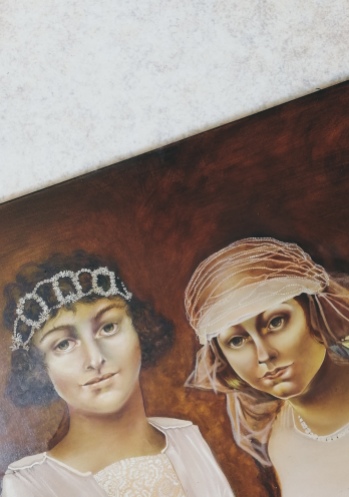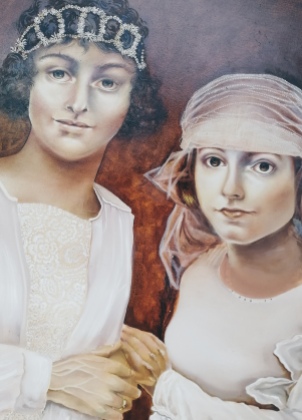
NHL-cards and Extreme Ghostbusters… that pretty much sums up the year 1997 for me.
Although Nokia was already in the process of forging their mobile-millions in 1997, Finland was far from being the tech-savvy start-up capital of the world it is known as today. In fact, most people were barely back on their feet following the early 1990’s depression and the subsequent collapse of the Finnish economy. Between 1992 and 1997 unemployment had hovered between 12-17%, but things were looking up. Not insignificantly, our boys took home gold at the 1995 Ice Hockey World Championship Games, hoisting the nation’s collective self-esteem to an all-time high. On a more personal level, I started school a few days short of my seventh birthday in August of 1997, rocking a blond mullet and clothes sewn by my mother, with dreams of being an artist one day. We were a few years short of moving out of the council flat I was born in, shopping was paid in Finnmarks, calls made on GSM and you needed to wait two weeks for your selfies to be developed and delivered to your door.
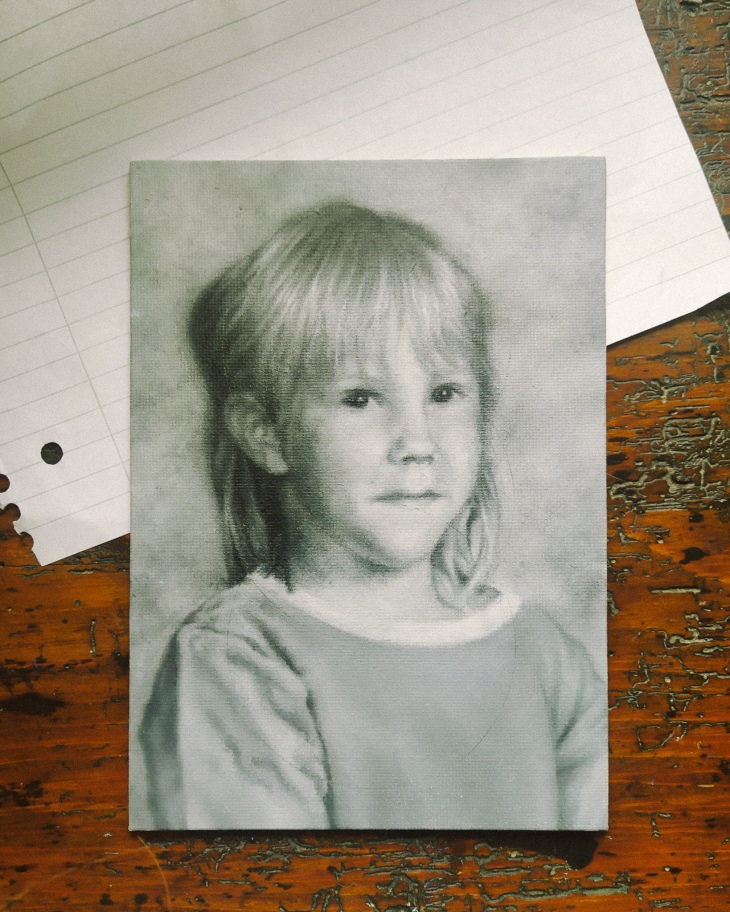
Time works in strange ways during those early years of your lives. Indian summers and white Christmases; the full Monty. Most people remember but an idealised version of their formative years. I certainly wasn’t aware of the archaic economic and socio-political structures unravelling around me. For a child such as myself growing up in a sleepy regional town in the South West of Finland, the winds of change blowing through my small nation were easily drowned out by the gentle sway of its ancient forests. Kids are like that I suppose, adaptable. My dad was home a lot when I was small and I loved it. It took me years to figure out he’d been on furlough or had lost yet again another job alongside tens of thousands of young men like him. The average unemployment figure might have been around 15% in 1994, but for builders like my dad, it was over 36%.
So much for the good old days.
Why is it then that we turn to nostalgia when times are hard? Is it really a coincidence that Christian Dior struck gold with his “New Look” featuring ultra-feminine, conservative looks reminiscent of La Belle Époque in 1947? Just ask George Taylor, he introduced us to the Hemline Index as far back as in 1926. For the lockdown season of 2020, whether you are shopping at Primani or Prada, there’s a new look in town: Long floral dresses and puff sleeves. Comfortingly feminine, non-threatening – nostalgic. And it’s not just the fashion you need to look out for. Retro has been big news in graphic design for some time now, but when the big multinationals like Unilever or Nestle’ whip out their heritage packaging, buckle up Bucky you’re in for a ride. A sure way to spot the economy is in the toilet is knowing you are being tempted to buy biscuits by enrobing them in the warm fuzzy happiness of nostalgia.
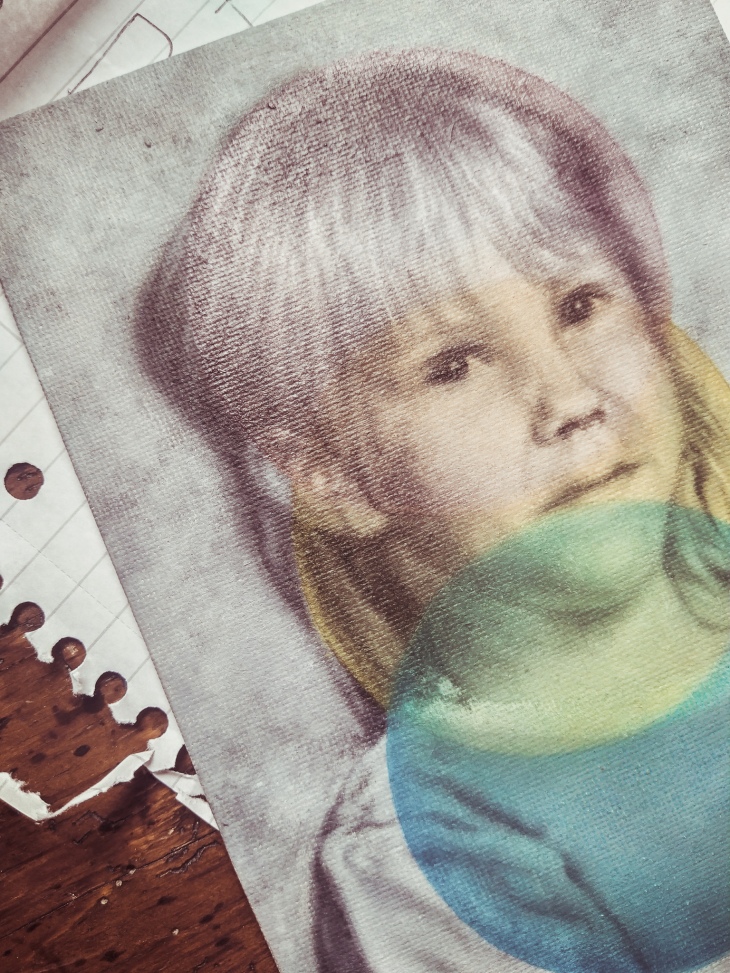
I am not saying nostalgia is inherently bad for you. It is, however, incredibly seductive to remember only an idealised, simpler version of the past. Jamie Windsor talks about the problems of nostalgia in much more elegant terms in his video essay simply titled “Avoiding Nostalgia”. This yearning to recall an ideal past void of modern evils is a powerful marketing tool and harnessed so sell us things as well as influence our political decisions. “Make America Great Again”, remember.
The art I have been making lately is riddled with nostalgia, but I did not set out to paint nostalgic imagery just to introduce you to my mullet, circa 1997. People do not yearn for simpler, happier times in a vacuum. I am talking about the mother of all nostalgia, the cardinal reason why we so crave that idealised past: fear. Fear of uncertainty, fear of change and fear for what the future will hold. He has been my constant companion in the studio for these past few months.

No filter more powerful is yet invented as that of the perspective of a child. Somewhere between the Pogs and Dr. Bombay, I do remember the recession of my childhood: from the bread-ques (the Finnish expression for foodbanks) hand-me-downs and the evictions. I suppose those were the things my parents would have called the new normal at the time. It must have been a balancing act of royal proportions, but they pulled it off. Out of many wants and withouts, we always had a roof above us, food and each other. Although it took me years to stop feeling inferior in the company of those more affluent, I started school in the August of 1997 confident in my ability to achieve anything my heart may desire and largely unafraid. A sparkling new cog eager to take their place in a machine being built on top of the old. The fear of uncertainty, rejection and loss crept in much later, alongside the responsibilities of an adult and a need to find my place in this world.
As a painter, I need to make sense of my surroundings through the images I create. If ever there was a constant I wish to cling on to when our world has turned upside down, it is art. And I hope the art I am making gives even a fraction of the solace it has awarded me, to you and others stuck in the twilight zone of the new normal.
Keep calm and create,
Tx

